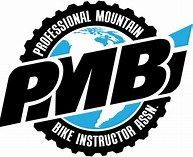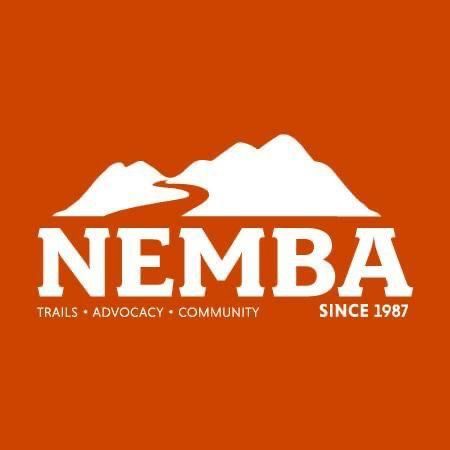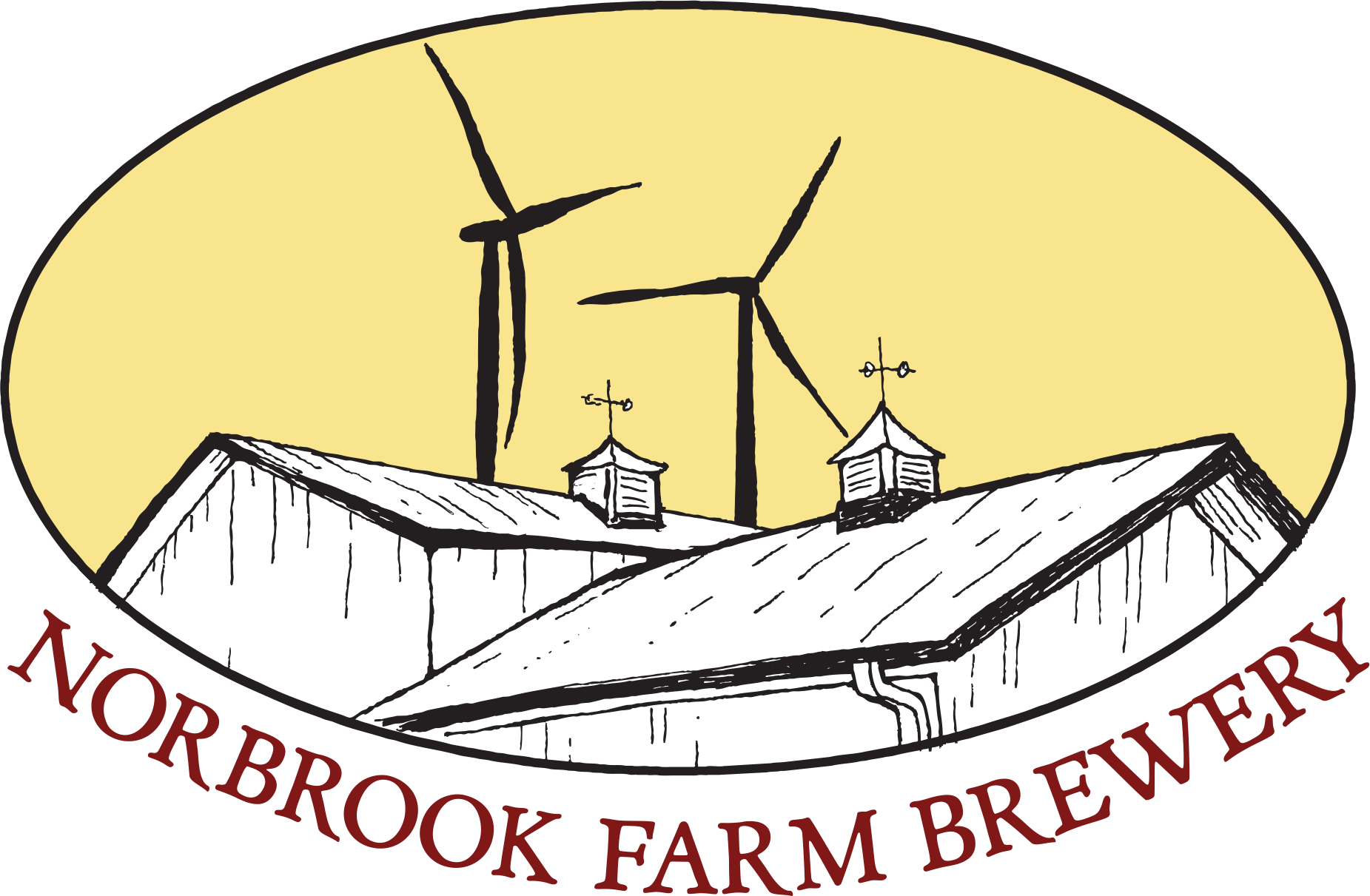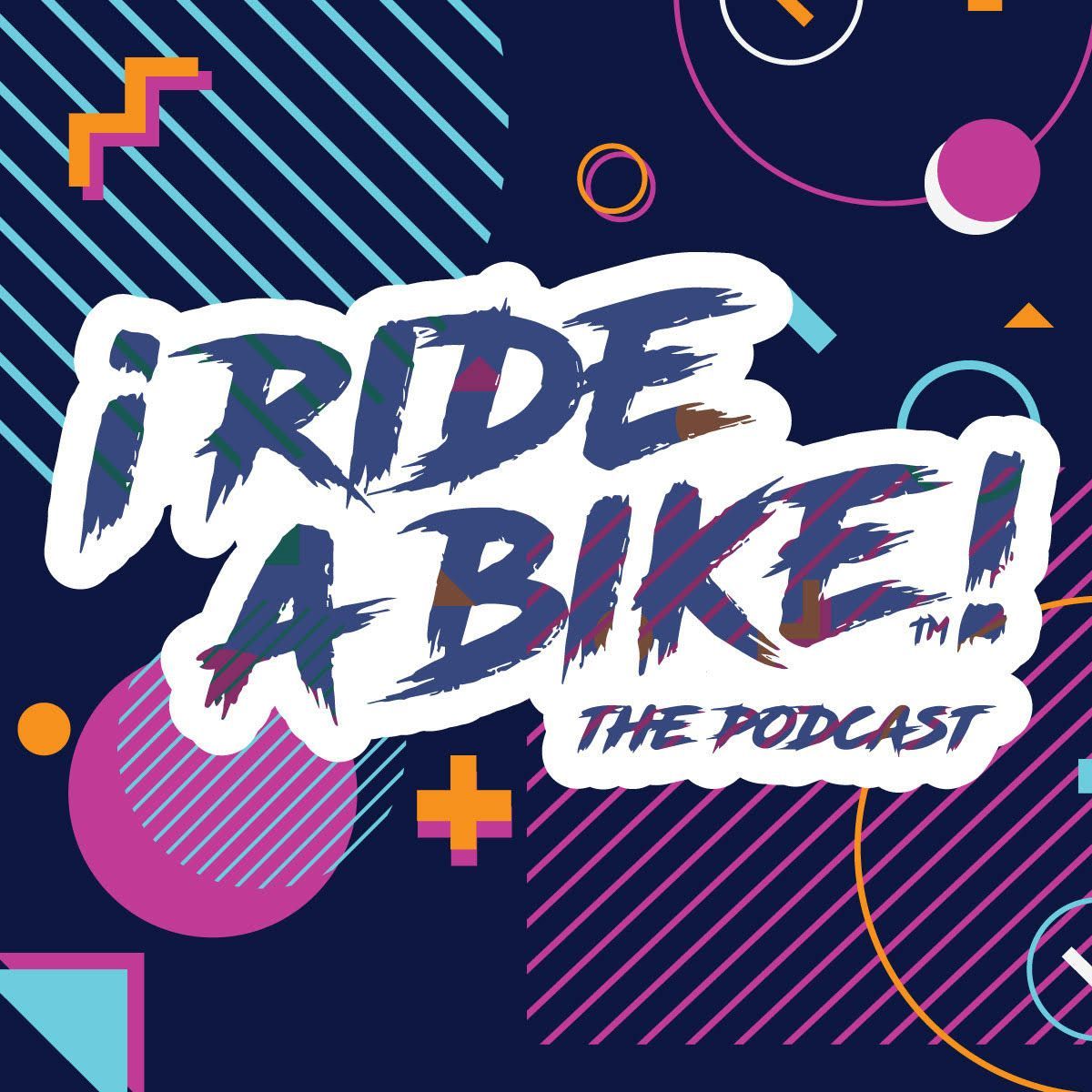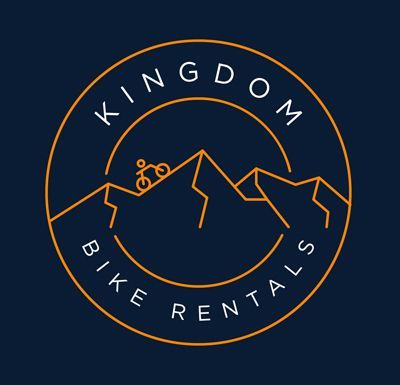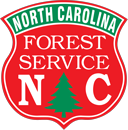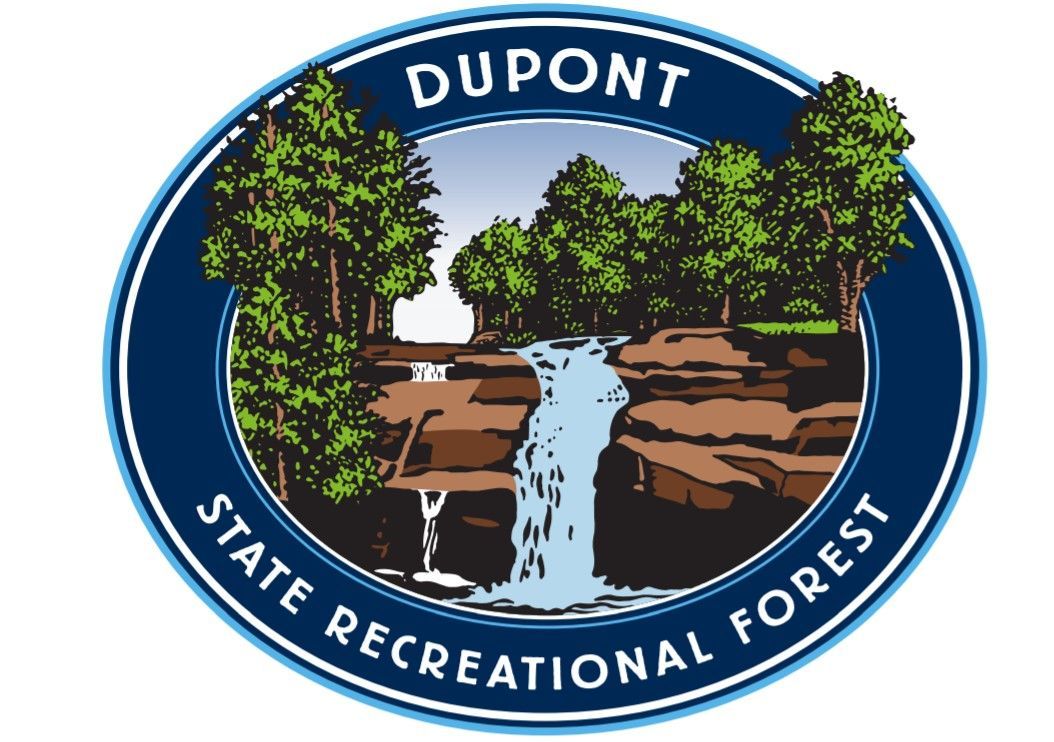Part 1: Beginner Mountain Biker's Guide
Your Guide to Getting Started Out On The Mountain Bike Trails
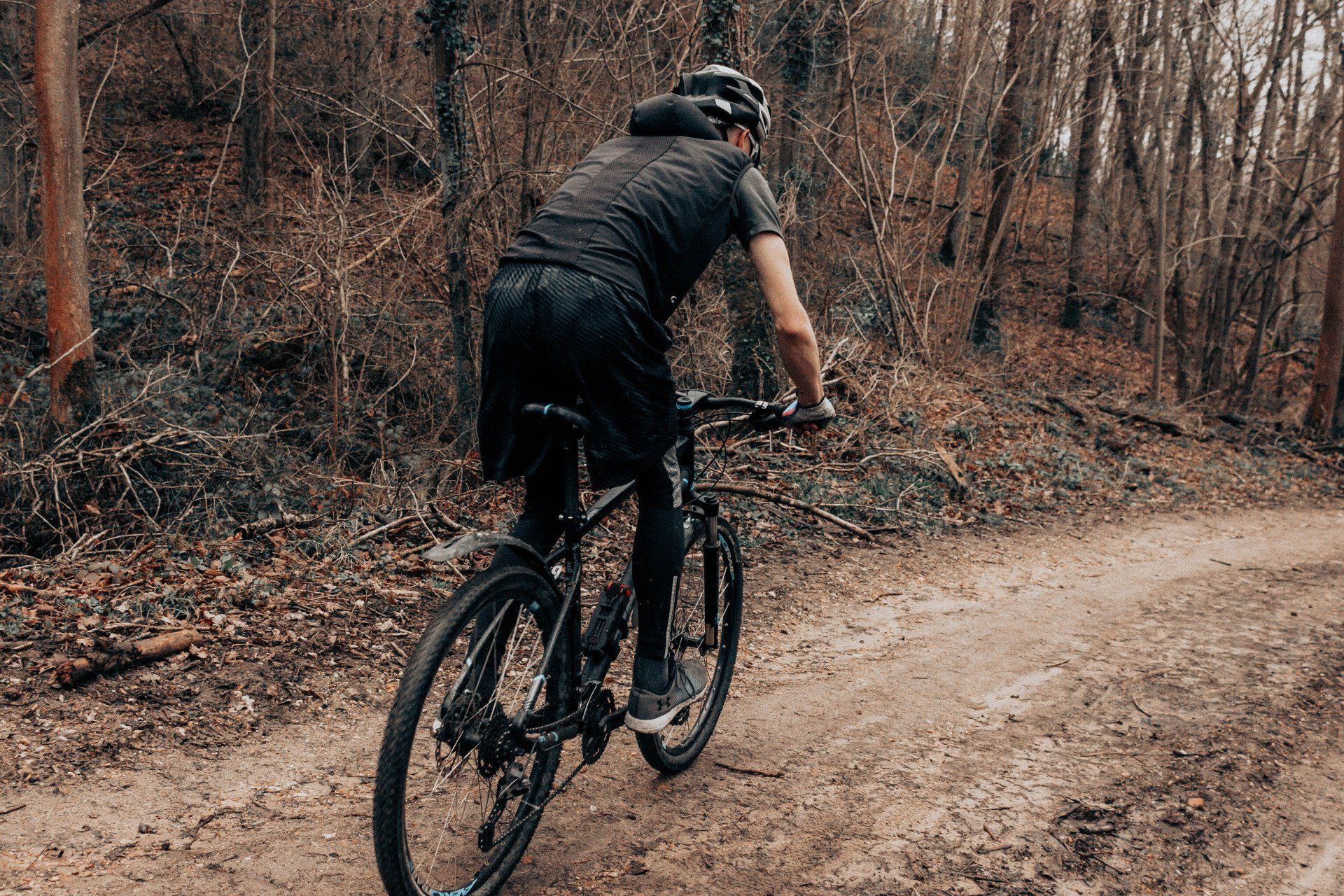
So you've decided to take up mountain biking? This world can be scary for a newcomer. But we’re here to help you get the right gear, learn some basic skills, and be safe out there so you can have a blast on the mountain bike trails! We'll go through the fundamental gear that will get you on the mountain bike trails and enjoying the great outdoors in our three-part series.
Your Gear: Tips for where to start...
Your Bike
To summarize, as a starting rider, you do not require a $10,000 mountain bike. You don't want a $200 bike, though, because you'll outgrow it shortly. Look for a bike shop that has a soft-sell salesperson that pays attention to your requirements. Finding that individual may take some time, but you'll know when you do. A good entry-level bicycle should cost between $500 and $1200. A few things to think about: Is it better to have a hard tail or a full suspension? This is dependent on the area you'll be riding on: hardtails are ideal for fire roads and smooth flowing trails, whilst full suspension bikes will handle rockier terrain with ease.
Your Seat aka Saddle
Saddles are one of the most personal items in the world of cycling. Because their bodies are so different from yours, getting advice from your friends isn't always useful. You'll feel sore the first few times you ride your mountain bike, but persistence is crucial, and the stiffness will fade away! Padded shorts will assist a lot, but all you have to do now is ride!
Your Helmet
The most crucial aspect of a helmet is fit, so purchase the cheapest one that fits you correctly. The knowledgeable bike store employee should demonstrate how to properly fit a helmet; the helmet should not move once it is snugged down.
Your Clothing
Choose a breathable, moisture-wicking short-sleeved t-shirt or riding jersey for the top and stretchy, durable trousers in hot weather. Many riders prefer shorts with cushioning, and some mountain bike shorts include a low-profile chamois. Unpadded shorts can also be worn under a pair of padded liner shorts. With mountain biking need you will need gloves because you will crash, and gloves will protect your fingers. We like non-padded gloves since when mountain biking, your hand moves around a lot on the grips (unlike road riding), although this is a personal preference.
Your Shoes & Pedals
Recently, flat pedals have become more popular than 'clipped in' pedals. Flat pedals are a safer option for a beginner. Although you can ride in running shoes or sneakers, dedicated mountain bike shoes with a stronger sole will make pedaling simpler and keep your feet safe. When you do have to get off your bike, they are also easy to walk in.
Your Sunglasses
Sunglasses are crucial not only for seeing clearly while it's sunny outside, but also for protecting your eyes from flying tree branches, dust, rocks, and insects. To improve your peripheral vision, most cycling glasses feature bigger lenses than fashion glasses.
Your Hydration Pack
On your ride, being nourished and hydrated with mountain bike food is critical for avoiding cramps, bonking, and making tomorrow's ride just as enjoyable as today's. Carbohydrates are essential for a successful mountain biking day. When your ride lasts more than 1.5-2 hours, it's a good idea to add some protein to the mix. Drinking an electrolyte hydration drink with eating high-quality carb snacks is a terrific method to maximize your energy during rides. When you eat carbs with protein right after a ride, you're helping your muscles restore the vital glycogen they depleted during the ride, when they're most 'hungry' for it. And sure, beer may be used for both carb re-loading and hydrating. Because it's practically impossible to grab a water bottle during a mountain bike ride, a backpack-style hydration pack is the ideal option. In addition, the pack can hold all of your tools, as well as a rain jacket and snacks.
If you still have questions, check out some of our others blogs. We have tips for all levels of experience. Or you can always sign up for some of our clinics and private lessons and get that one on one help!
